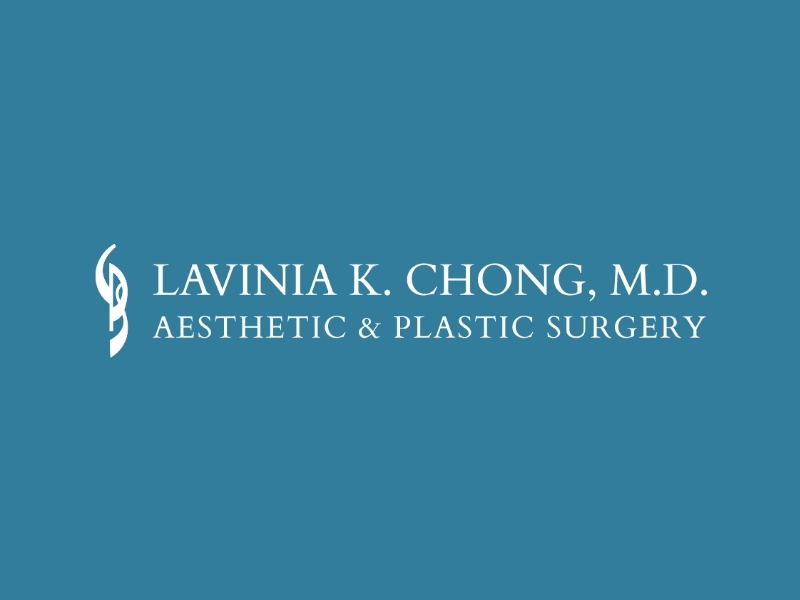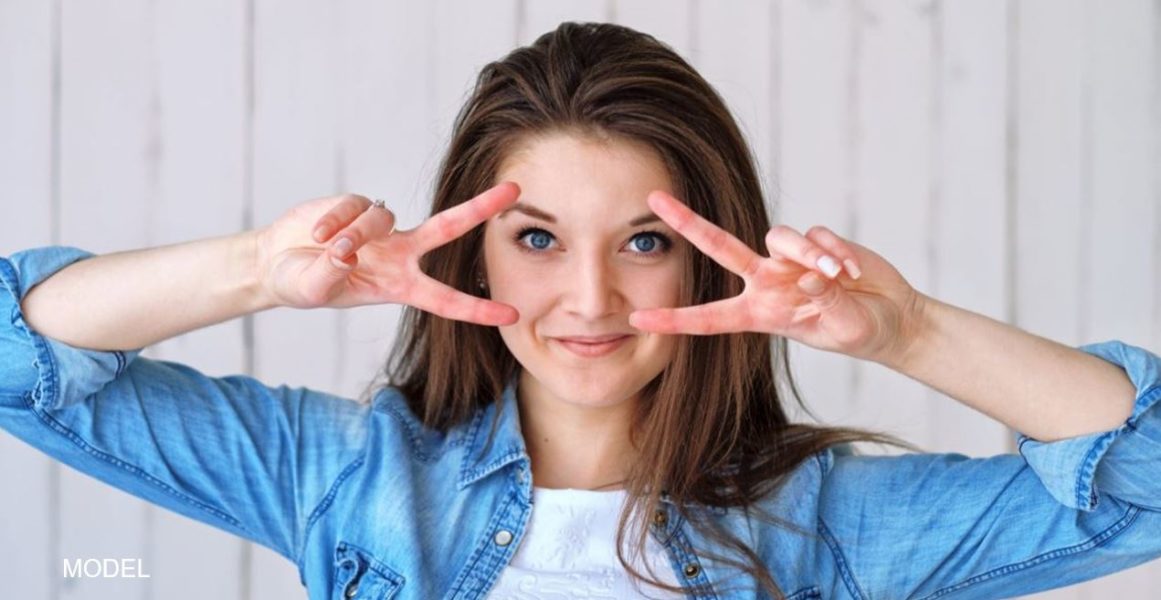
Are these mutually exclusive? Assuming, broad definitions, I don’t think so. Creativity can be the simple act of morning ablutions, showering, grooming and putting on the appropriate social “face”. Hair and wardrobe are familiar components of an individual’s style and undoubtedly reflect much about their aesthetic sensibilities, culture or brand. The importance of individuality is frequently stipulated by my medical spa (nonsurgical/injectable) clientele who emphatically reiterate they don’t want to look like everyone else. What archetype is summarily rejected? The so-called “pillow face” characterized by shiny brows, splayed and pitched brows, overfilled cheeks and anthropologically incorrect “duck lips”. While the current choice and selection of neurotoxins and dermal fillers provide virtually limitless possibilities for creating facial attractiveness, the brief rendered by the patient must be respected by the injector for the simple reason that patients don’t generally ask to look weird and exaggerating one dimension will inevitably make it out of proportion to the totality. Many patients rave that they returned for additional treatments because the results were acclaimed but virtually “undetectable”.
So how can creativity coexist with an ever changing facial canvas? The impermanence of injectables (3-6 months for toxins & 3-18 months for fillers) isn’t to be deplored but celebrated because smaller, less invasive adjustments can yield greater satisfaction, potentially cost less and allow the consumer to “dose and evaluate the effects”. Algorithms exist for “polishing” the skin with cosmeceuticals and lasers, restoring volume where facial fat compartments have literally disappeared along genetically programmed schedules and smoothing hyperfunctioning muscles of facial expression. Ultimately change isn’t something to be feared, unless the plan of care isn’t correctly formulated and is administered by a heavy hand. No, not all change is good and having to “explain” bruising can become tedious, as well as delay a patient’s integration into society. Ever cognizant of the influence of age and anatomical variation, I have redoubled efforts to study faces, make accurate diagnoses and deliver refined outcomes.
Change and constancy are not paradoxical but rather balancing forces. In retaining a “constant” self-image, which is predicated in reality and based on the changing landscape, my patients depend on my input to produce beautiful but virtually “under the radar” results. I understand the conundrum of entrusting one’s face to someone else’s vision and ability. Unlike body procedures, which can be dressed up and are not subject to public scrutiny, facial rejuvenation goals are less extreme; after all, no one signs up to be “stigmatized” as a “Stepford (uniform archetype) wife”. My credo is the beautiful, well supported face where the passage of time appears to be substantially slower and in harmony with the individual’s lifestyle and physicality.




